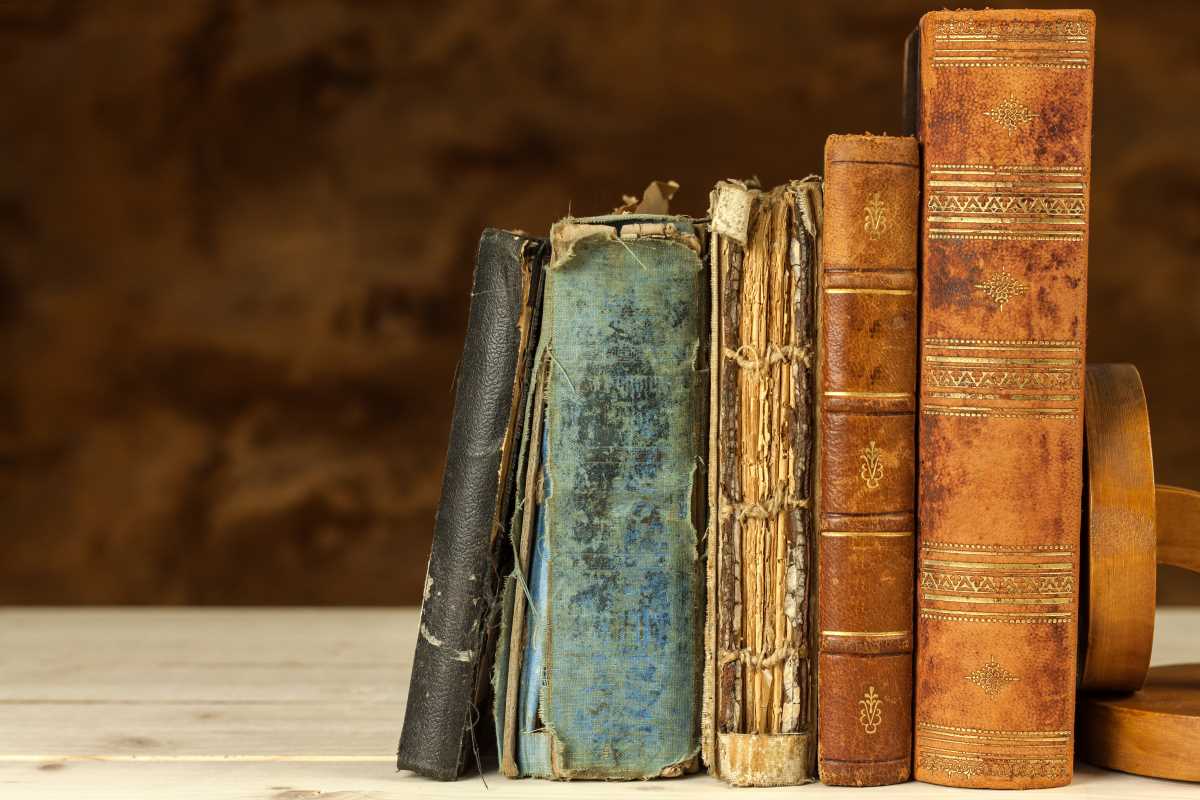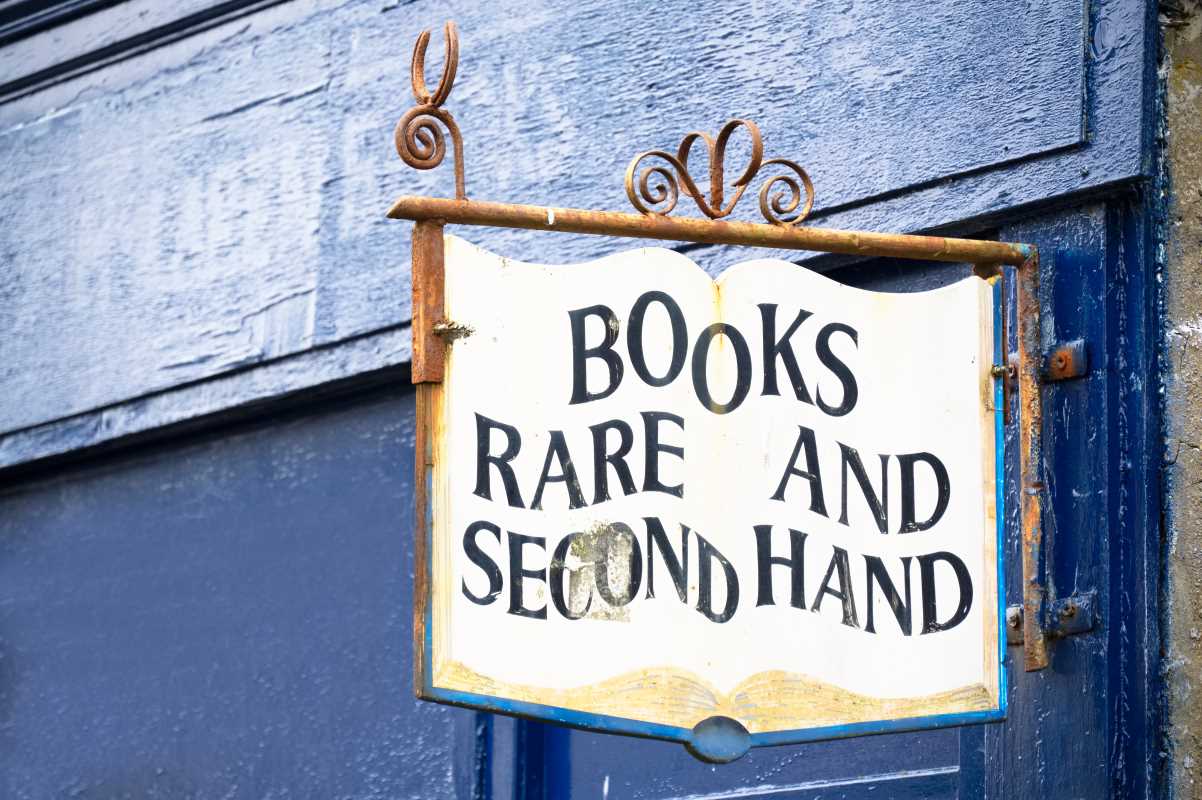Historical novels have a way of taking us on journeys that feel both exciting and enlightening. These books breathe life into past eras, showing us what it might have been like to live during those times. While history classes and documentaries can teach us facts, historical fiction weaves these facts into stories filled with emotion, adventure, and the struggles and triumphs of everyday people.
What’s fascinating about historical novels is their ability to make long-forgotten events and figures feel real and relatable. They help us understand how the past shaped the world we live in today. Whether they’re set in the bustling streets of Victorian London, the battlefields of ancient empires, or the heart of the Great Depression, these stories introduce us to characters who might not have existed but whose lives feel authentic and alive.
There’s something magical about reading a book and feeling completely immersed in a different time period. You can almost hear the sounds, smell the scents, and feel the emotions of a world that’s no longer around. If you’ve ever wondered which books offer this kind of experience, here’s a list of outstanding historical novels that truly bring history to life.
"The Nightingale" by Kristin Hannah
Set in France during World War II, "The Nightingale" tells the powerful story of two sisters, Vianne and Isabelle, and their very different paths during the German occupation. It’s a story of survival, sacrifice, and the incredible strength of women during one of history’s darkest periods.
Why It’s a Must-Read
By focusing on the personal lives of its characters, "The Nightingale" makes a massive event like World War II feel deeply personal. You get to see how ordinary people navigated extraordinary circumstances, whether by joining the resistance or trying to protect their families at all costs. The raw emotions of love, fear, and bravery practically leap off the page, making the era feel vividly real.
"All the Light We Cannot See" by Anthony Doerr
Another World War II story but with a unique twist, "All the Light We Cannot See" follows two main characters on opposite sides of the conflict. Marie-Laure is a blind French girl trying to survive in occupied France, while Werner is a German boy swept into Hitler’s war machine. Their lives eventually collide in a gripping and emotional way.
A Tapestry of Time and Place
Doerr’s beautiful writing paints a rich picture of wartime Europe. Through vivid descriptions and intricate details, you can almost feel the tension in the air and hear the hum of distant bombs. The book doesn’t just rely on history to carry its weight; it tells an intimate and deeply human story that transports you to the heart of the era.
"The Book Thief" by Markus Zusak
For readers who love stories about resilience and the power of words, "The Book Thief" is a perfect choice. Set in Nazi Germany, the novel is narrated by Death and focuses on Liesel, a young girl who discovers a love for books during a time of great suffering. Through her eyes, we witness both the horrors of war and the kindness that can exist even in the darkest times.
Words as a Window to the Past
What makes "The Book Thief" stand out is its unique perspective. By blending historical events with the poetic narration of Death, the book feels both grounded and dreamlike. Liesel’s hunger for knowledge and friendship reminds us of the humanity that continues to shine, even during history’s darkest chapters.
"The Pillars of the Earth" by Ken Follett
Taking a bold leap back in time, "The Pillars of the Earth" sweeps readers into 12th-century England. At its heart, this epic novel revolves around the construction of a magnificent cathedral and the lives of the people who dedicate themselves to building it.
History Through Architecture
While the book covers decades of medieval history, it’s the characters and their struggles that keep you hooked. From political intrigue to impossible love stories, Follett uses the cathedral as a symbol of human ambition and perseverance. The detailed descriptions of life during the Middle Ages make the era feel alive, from the grit of daily life to the lofty dreams of its people.
"Beloved" by Toni Morrison
Set in the years following the Civil War, "Beloved" is a haunting and powerful exploration of slavery, trauma, and motherhood. The story follows Sethe, a formerly enslaved woman, as she tries to rebuild her life while being haunted by the ghost of her dead child.
A Deeply Personal History
"Beloved" doesn’t shy away from portraying the pain and horrors of slavery, but it also celebrates the strength and resilience of those who endured it. Morrison’s poetic writing immerses readers in the emotional depths of her characters, and her depiction of history feels deeply raw and personal. This novel challenges readers to confront difficult truths about America’s past while also honoring the power of love and memory.
"A Gentleman in Moscow" by Amor Towles
This charming and thought-provoking novel takes place entirely within the Metropol Hotel in Moscow, where Count Alexander Rostov is sentenced to house arrest for being an aristocrat after the Russian Revolution. Over the course of decades, "A Gentleman in Moscow" shows how the Count’s small world becomes a reflection of the massive changes happening in the Soviet Union.
A Window into Russian History
Through the eyes of the Count, readers experience the rapid social and political shifts in 20th-century Russia. Although confined to one location, the novel doesn’t feel limited. The detailed descriptions of life inside the hotel, coupled with the Count’s wit and introspection, bring this fascinating era to life.
"Circe" by Madeline Miller
While technically a retelling of Greek mythology, "Circe" skillfully blends myth and history to reimagine the life of one of literature’s most misunderstood figures. Circe, a witch exiled to a deserted island, becomes the center of this gripping tale about power, identity, and resilience.
Where Myth Meets History
Though rooted in myth, the world Miller creates feels grounded and believable. The detailed descriptions of ancient Greek customs, landscapes, and gods draw readers in, making it easy to imagine what life might have been like in this legendary world. By focusing on Circe’s personal struggles, the novel also brings a timeless humanity to the stories of the past.
 (Image via
(Image via





